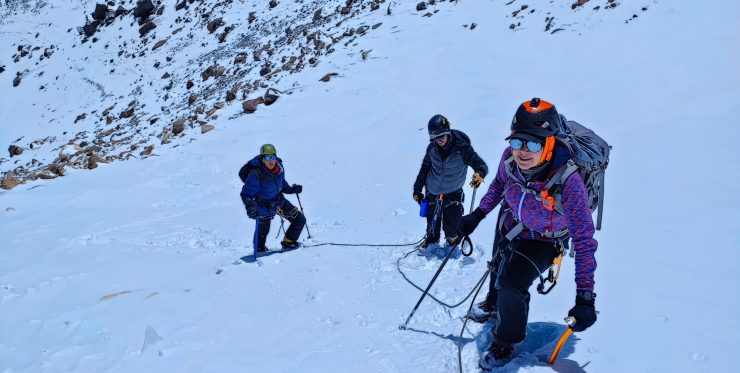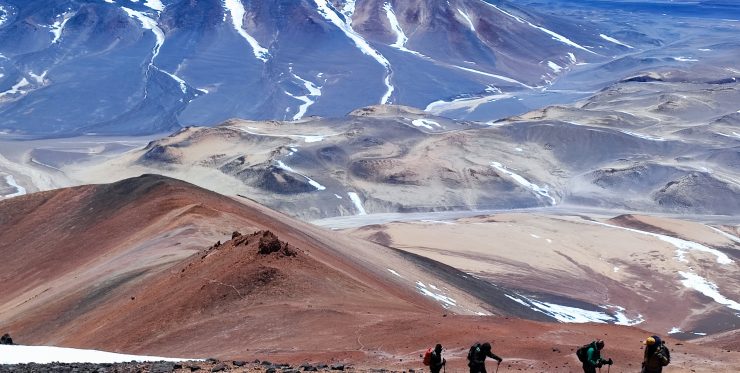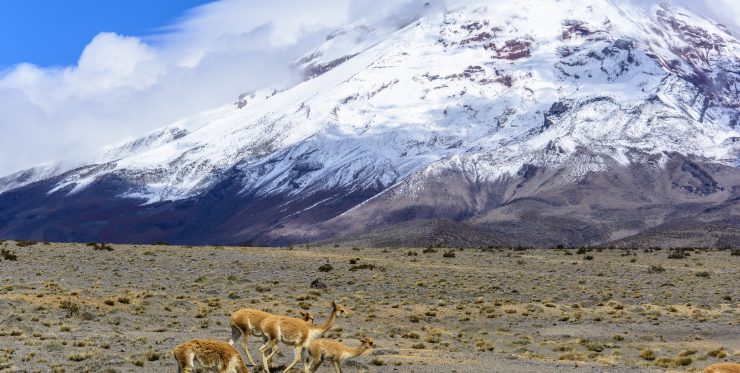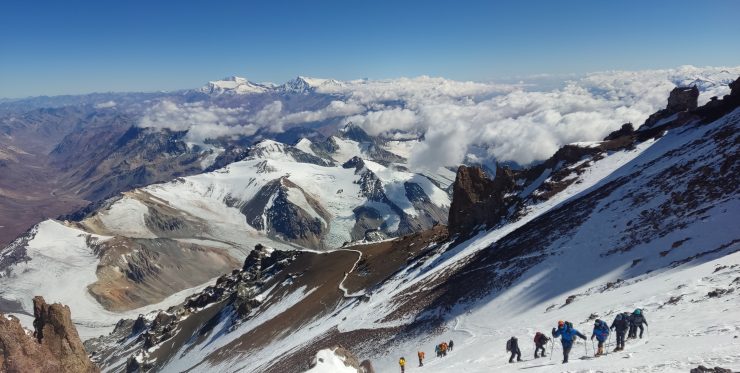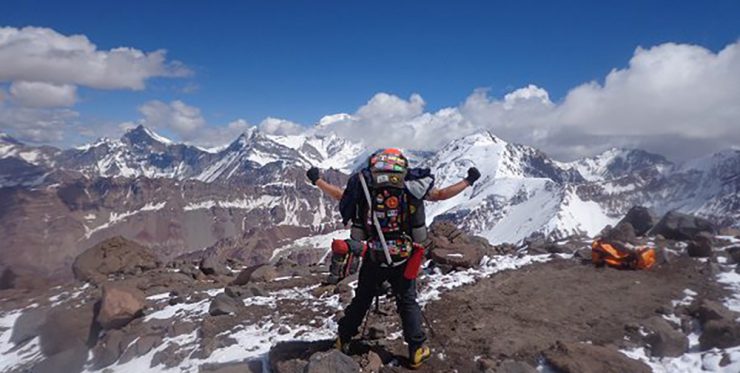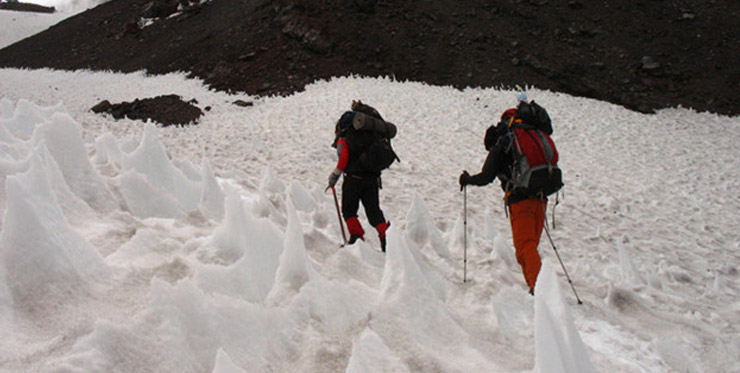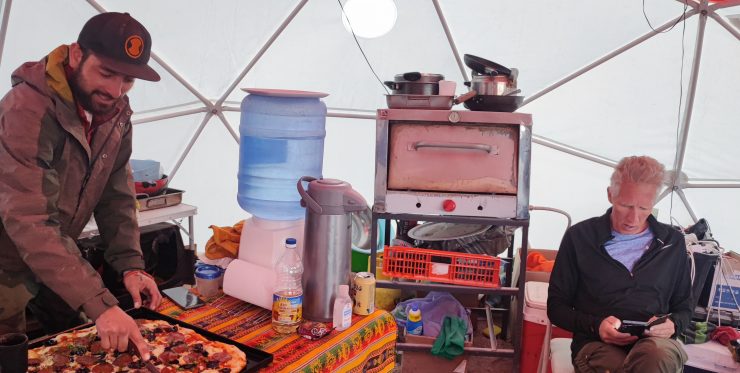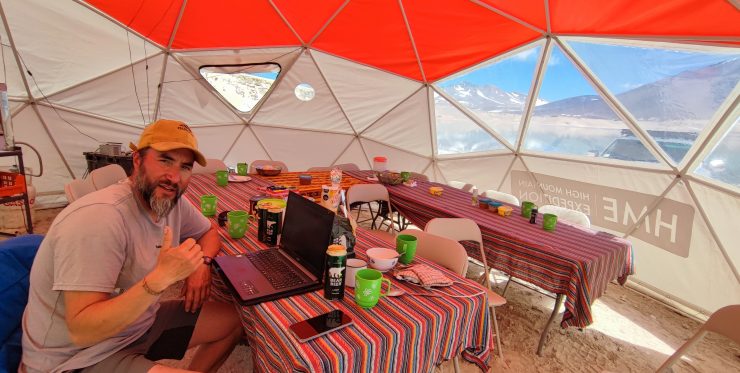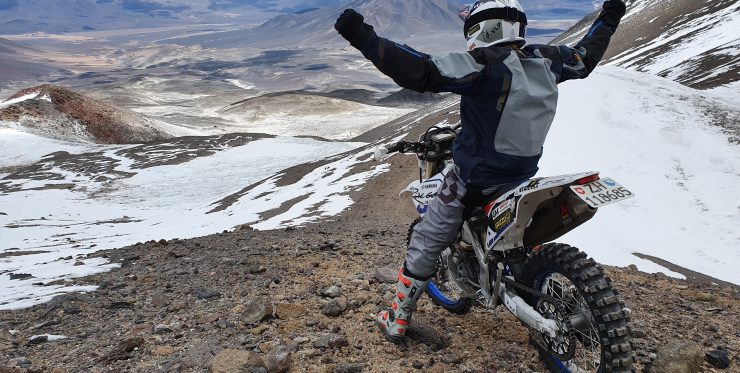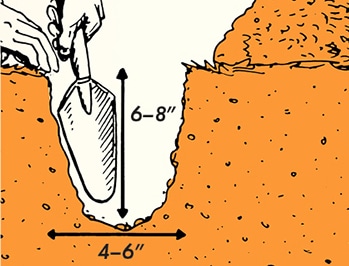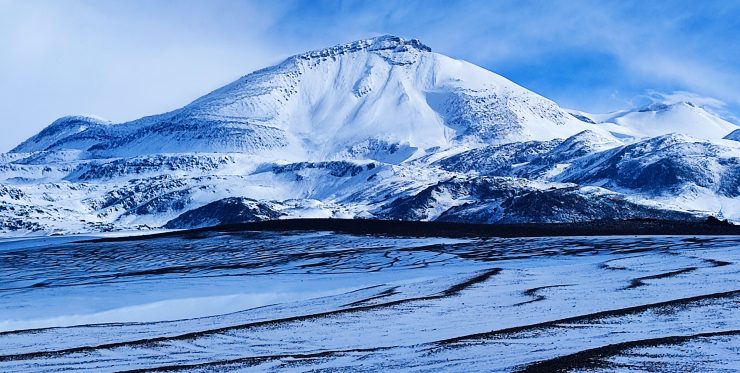
Techniques and Tips for Going to the Toilet Outdoors Responsibly
If you are a lover of the outdoors—whether you enjoy hiking, camping, mountaineering, or climbing in remote areas—it is essential to know how to go to the toilet in nature responsibly. Leaving the smallest footprint possible is key to protecting the environment and keeping natural areas clean and safe for everyone. In this HME blog, we will explain the “cat hole” technique and other proper ways to handle human waste outdoors.
When we are in nature, we not only enjoy its beauty, but we also take on the responsibility of protecting it. Human waste can contaminate soil and water, attract animals, and affect the local ecosystem. That is why it is crucial to know the right techniques to manage waste in a safe and sustainable way.
The “Cat Hole” Technique
The “cat hole” technique is one of the simplest and most effective ways to go to the toilet outdoors. Its name comes from the behavior of cats, who dig a hole to bury their waste.
How to do it:
- Choose a spot at least 60 meters (200 feet) away from any water sources (rivers, lakes, streams) to avoid water contamination. It is also important to stay away from campsites, trails, and areas with pedestrian transit.
- Use a small garden trowel—or if you do not have one, a rock or ice axe—to dig a hole about 15 to 20 cm (6 to 8 inches) deep and 10 to 15 cm (4 to 6 inches) wide. This is enough to contain human waste and ensure it’s well covered.
- Do your business in the hole, and if you use toilet paper, it is best to pack it out in a sealed plastic bag to dispose of it properly later. If you choose to bury it, use only biodegradable toilet paper. Then, completely cover the hole with the removed soil and compact it well to prevent animals from digging it up.
Other Outdoor Toilet Techniques
In addition to the “cat hole,” there are other techniques that may be useful depending on the situation and group size:
Trench:
- For larger groups or multi-day camps in one location, digging a trench may be more practical. A trench is an elongated hole, about 15 cm (6 inches) deep and 30 cm (12 inches) wide. Each person relieves themselves along the trench and covers the waste with a bit of soil after each use.
Rock Cover or “Litter Box” Technique:
- In desert areas or places with very hard or rocky soil, you can use a technique where waste is deposited on the ground and then covered with large rocks. This protects the waste from animals while it decomposes.
WAG Bags:
- There are special bags designed to hold human waste. These bags contain chemicals that solidify and neutralize the waste, making it easier to transport and safely dispose of. This technique is ideal in areas where you are required to “leave no trace”, such as in certain national parks. We recommend checking in your country for specialized retailers and bringing them with you.
“Poop Tube”:
- This is a practical and eco-friendly solution for managing human waste in nature, especially in areas where packing out everything is mandatory. It consists of a PVC tube with airtight caps on both ends, where waste is stored in biodegradable bags.
Some parks and protected areas have specific regulations about how to handle human waste. Always check before heading out and follow local rules.
Always maintain a good distance from water sources to avoid contamination and protect the natural environment.
Take everything you bring with you back out—including toilet paper and feminine hygiene products—and dispose of them properly.
Going to the bathroom in nature might seem tricky, but with the right techniques, it is easy to do it safely and in an environmentally responsible way. The “cat hole” method and the other options mentioned help minimize environmental impact and keep our natural areas clean and enjoyable for everyone.
Always remember to leave the place better than you found it and be a good steward of the natural environment! At HME, we are 100% committed to caring for and responsibly preserving our environment and our beloved mountains.

